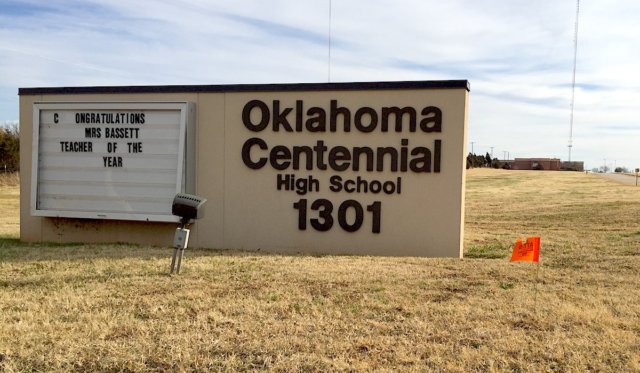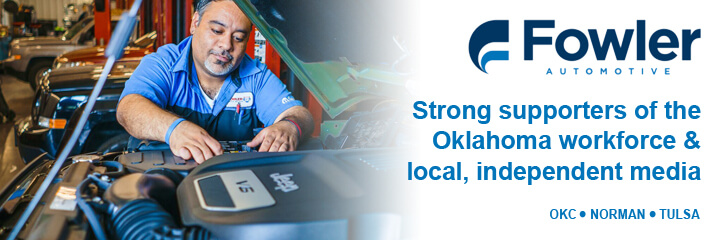
Many of us educators had always known the opening of Centennial Mid-High, surrounded by empty fields east of Kelley Avenue, was the most problematic part of MAPS for Kids. We combined the poorest half of a failing middle school, Hoover, with the poorest half of a struggling high school, John Marshall.
The predictable result was a mid-high that would almost certainly defy improvement efforts. As the social science explains, schools serving neighborhoods with high concentrations of generational poverty and low levels of social trust, where students have survived multiple traumas, cannot succeed without first laying a system of student support services.
As the Oklahoma City Public Schools Pathway to Greatness plan is debated, Centennial’s first year should be a reminder there are no shortcuts to greatness. School improvement requires loving and trusting relationships. It comes from the heart, not data alone.
Most Centennial students came from the North Highland, a neighborhood which resulted from Urban Renewal disruption of the city’s vibrant eastside African-American community. Now scholars like Richard Rothstein and journalists like Sam Anderson have shown how segregation by law undermined both the eastside’s black community and the Highland.
One decade ago
For the first few months of the 2008 school year, however, my fellow teachers and I happily ate our pessimism. We had a great start. A key leader was Tad (a pseudonym). A football player from the neighboring Millwood H.S., he had a firm, confident handshake. Watching him pick up litter in the hallway that he did not drop, I saw real hope for Centennial.
We soon learned that our initial good fortune had been possible because many seriously troubled students from the old John Marshall building had been slow in arriving at our new location. By the end of the first nine weeks, several dozen of John Marshall’s most challenging students were enrolled at Centennial. An unconscionable number had been victims of trauma, and their suffering undermined even the best classroom instruction.
October also was the month that Tad, who inspired so much hope, was murdered, throwing the school into turmoil. No killing during my entire career created more anguish. For the rest of the year, students continued to wear buttons displaying his grinning photograph.
A standing lesson at Centennial Mid-High
A subsequent conversation which clarified Centennial’s challenge was prompted by a lecture from Manuel Scott, one of the students of the dynamic teacher Erin Gruwell, who was celebrated in the movie Freedom Writers. Scott asked students who had attended funerals to stand. Following the routine in the movie, he asked students to sit if they had been to three, four, five, six funerals, and so on. In the end, two remained standing. Both had been to more funerals than their own birthday parties.
Two in my class remained standing. One pretended to faint into the arms of his friends, who passed him down the rows of the auditorium. His mother was dying of cancer. The other was living in a nearby Habitat for Humanity neighborhood. He felt he was “supposed” to attend a nearby magnet or a high-performing school and viewed attendance at Centennial as a mark of shame. If your family made it to a Habitat house, he said, you were supposed to make something of yourself by going to a magnet or a suburban school.
Their classmates then contributed their positive and negative experiences as unofficial transfers to suburban schools. One volunteered that the suburban principal had said that he would miss her and would love to welcome her back. Another A-student echoed her words, “I wasn’t in trouble. My mom got sick. I could go back,” if not for transportation problems.
The class clown shot back with a huge grin, “I was!” A shout came from the back of the room, “‘They’ don’t want me back!”
Education policy-makers who are isolated from realities of the inner city must listen to the students and honor their desire for safe, respectful and holistic learning environments.
Centennial is a reminder of why we must teach our children how to manage their emotions and express themselves in a constructive way before better educating is possible. It also touches on solutions. As the research says, loving and trusting relationships are the key to fulfilling the dream of educational excellence for all.






















